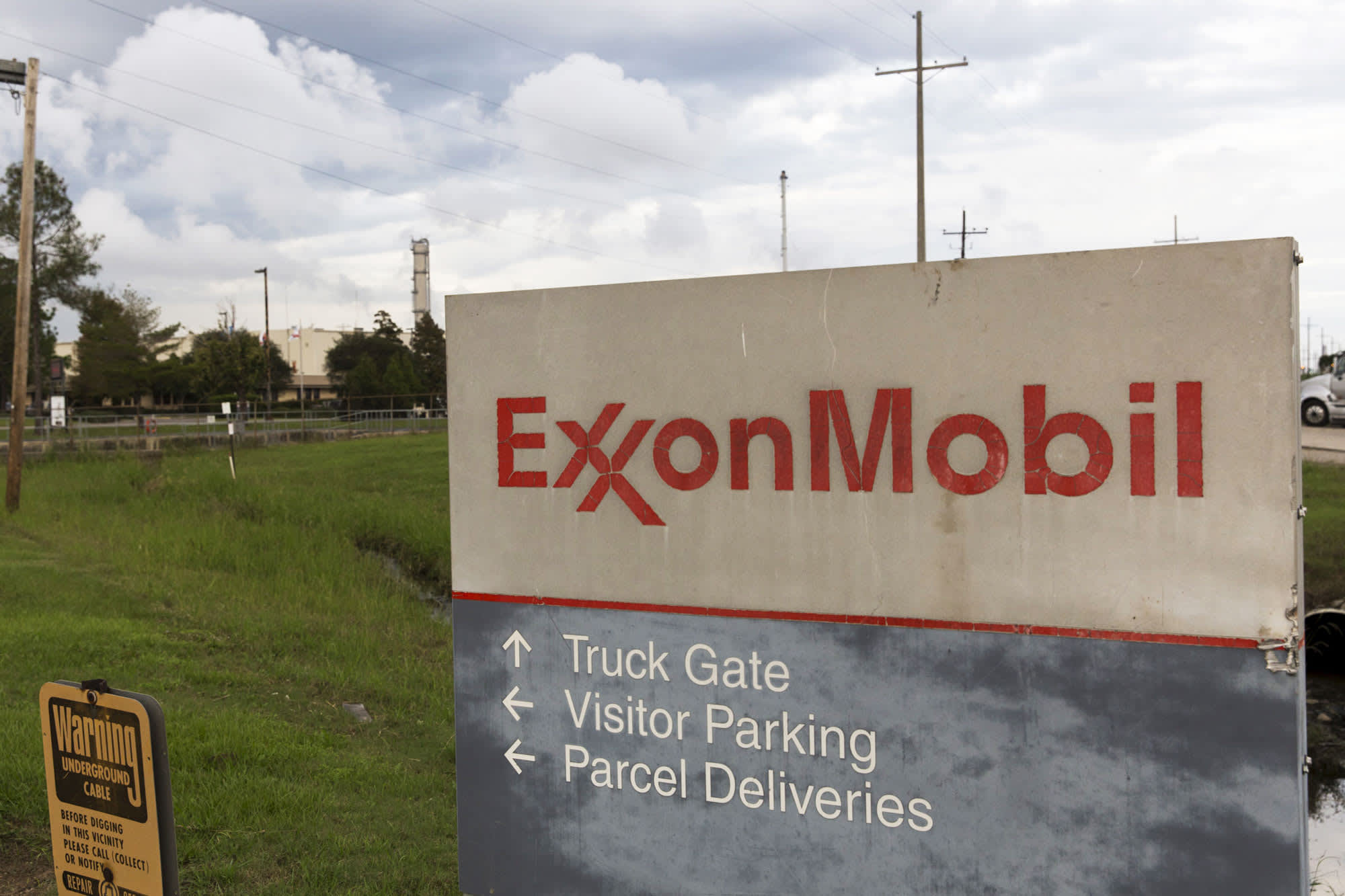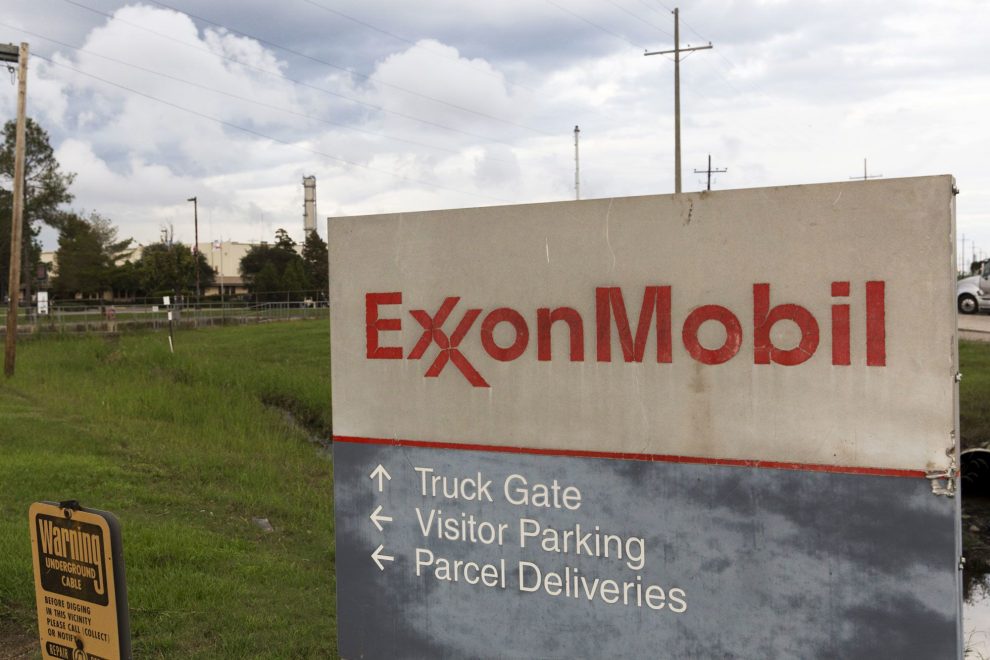
Exxon Mobil reported second-quarter results on Friday that beat analyst expectations.
Its stock price was down slightly in early trading Friday.
Here’s how the energy giant’s results fared relative to Wall Street expectations:
- Earnings: 73 cents per share vs. 66 cents expected by Refinitiv
- Revenue: $69.091 billion vs. $65.202 billion expected
- Upstream income: $3.261 billion vs. $3.15 billion forecast by StreetAccount
- Downstream income: $451 million vs. $626.7 million forecast
- Chemicals income: $188 million vs. $356.5 million expected.
“We continue to make significant progress toward delivering our long-term growth plans,” CEO Darren Woods said in a statement. “Our new U.S. Gulf Coast steam cracker is exceeding design capacity by 10 percent, less than a year after startup. Our upstream liquids production increased by 8 percent from last year, driven by growth in the Permian Basin, and we are preparing to startup the Liza Phase 1 development in Guyana, where the estimated recoverable resource increased to more than 6 billion oil-equivalent barrels.”
The company’s bottom line also got a boost from a tax-rate change in Alberta, Canada.
Exxon’s net production of natural gas liquids, crude oil, bitumen and synthetic oil hit 2.4 million barrels per day, up from 2.212 million barrels per day in the year-earlier period. The company added its upstream business — which includes oil and natural gas exploration — got a boost from higher average oil prices in the second quarter relative to the first period of the year.
However, crude prices have recently stumbled. They have fallen more than 5% this quarter. Exxon shares are also down around 5% in the third quarter.
Strength in Exxon’s upstream business was able to offset weaker-than-expected results from the energy giant’s downstream and chemical divisions.
Exxon said industry fuels margins remained under pressure in the second quarter despite a slight improvement. Narrower margins for paraxylene dragged down income in chemicals.
For the year, Exxon stock is up 6.3% through Thursday’s close, lagging both the S&P 500 and the energy sector. The S&P 500 is up more than 17% in 2019 while the energy sector is up 6.6%.






